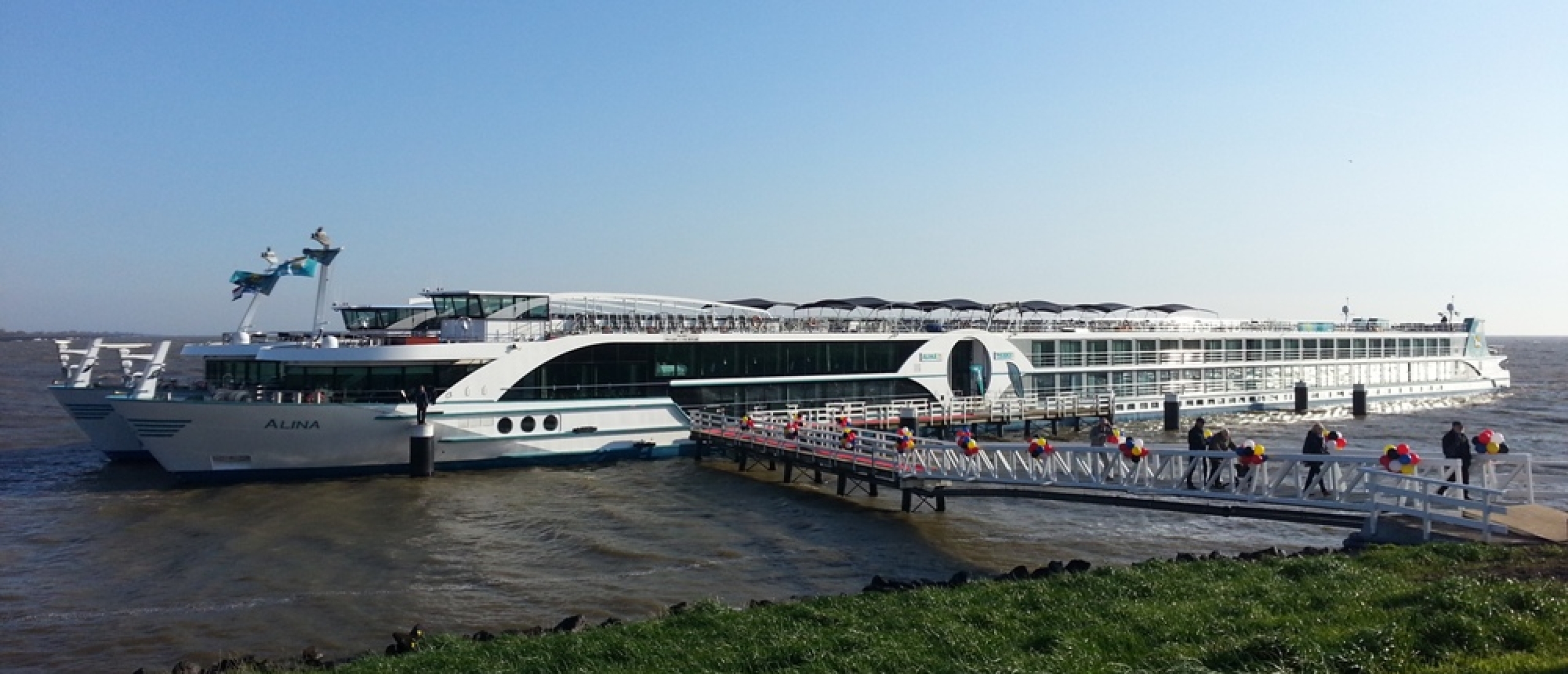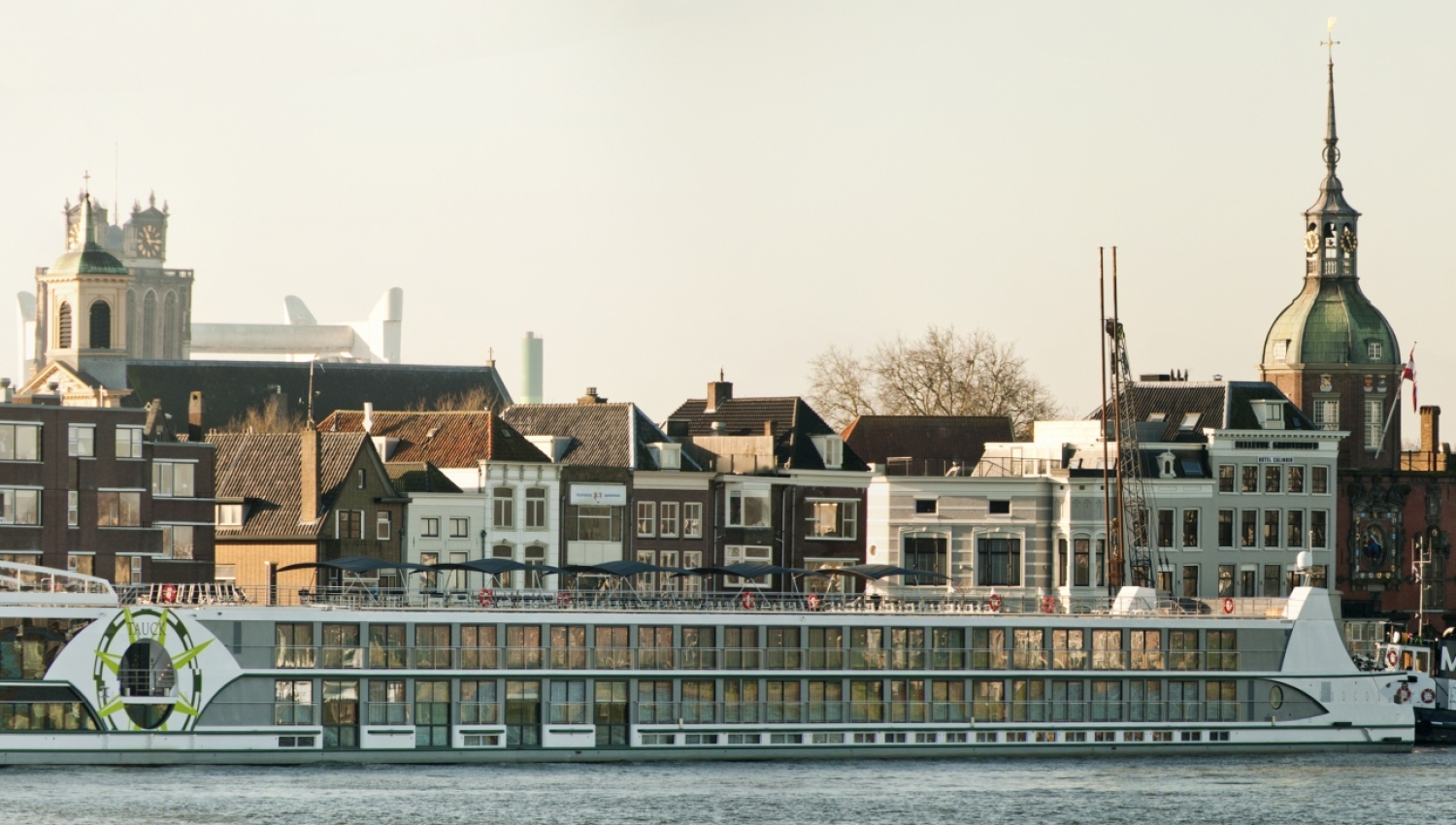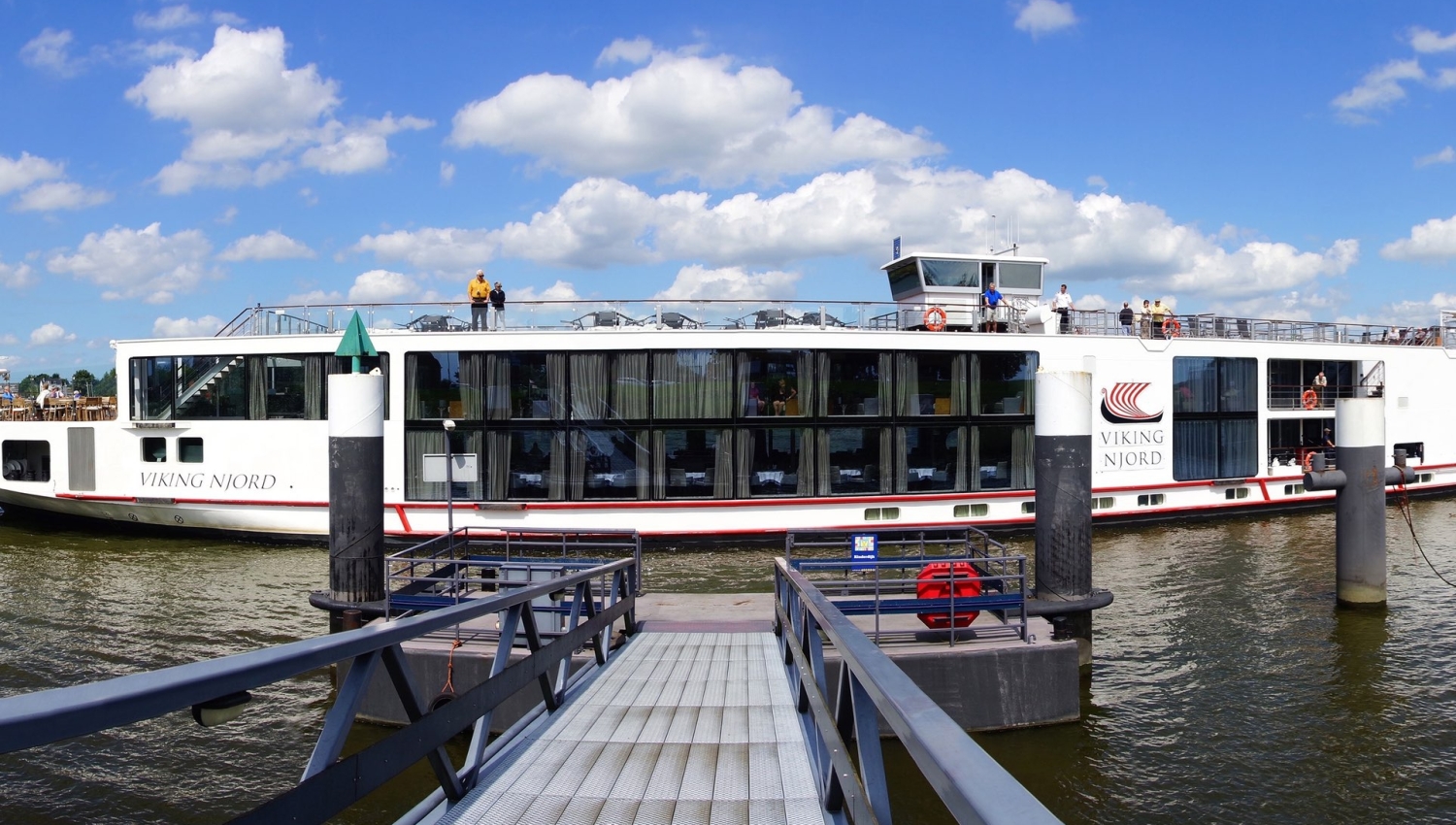
BLOC navigates the river cruise sector
BLOC maps out the opportunities and challenges of the river cruise sector in the Drechtsteden / Waterdriehoek region and comes up with a concrete action agenda.
Read moreLast June (2021), BLOC completed the report ‘Status update and opportunities for the river cruise sector in the Drechtsteden/ Waterdriehoek’. The report provides insight into the sector, concrete opportunities for the regions and an action agenda of activities which the stakeholders will be working on this year. Connecting destinations and quays through the use of passenger transport over water is a unique opportunity for instance. In September, administrators of the municipality of Dordrecht, Zwijndrecht and Alblasserdam and boards of concerned organizations will discuss the possibilities to act on these opportunities together with BLOC.
Status and opportunities sector
The Drechtsteden/Waterdriehoek region, home to popular destinations like the Kinderdijk World Heritage Site, historic Dordrecht city centre, and Biesbosch National Park, can benefit from ongoing supply and infrastructure development in the sector. Although the market for river cruises has suffered a heavy blow from the pandemic, it has also created space for us to consider the future and develop a clear vision for the region that’s linked to the sector. As part of that process, BLOC has mapped out the opportunities and challenges facing the sector. It’s an initiative launched by the Economic Development Board Drechtsteden, Stichting Werelderfgoed Kinderdijk, the municipality of Dordrecht, SWETS/ODV, and the Dutch Delta Cruise Port, and the approach will produce an agenda of concrete projects that will form the catalyst for the river cruise sector and surrounding industries. We want to build bridges across rivers and create synergy.

After the rain, comes the sunshine
Prior to March 2020, river cruise holidays was one of the fastest growing segments in the global holiday market. Demand for both new and existing options was on the rise, with interest coming from an increasingly diverse (younger) target audience, new destinations being added, and the industry developing newer, larger ships. But March 2020 brought the promising sailing season to an abrupt end, as the Covid-19 pandemic, and the lockdowns that came with it, began to spread. Despite the many innovative solutions for maintaining hygiene and social distancing measures, most voyages had to be cancelled. It was a real blow for ship owners, tour operators, and the many businesses, such as day attractions, museums, canal and bus companies, tour guides, hoteliers, the hospitality industry, and retailers, who all depend on the sector. This once-booming industry suddenly came to a standstill.
But we can still see opportunities on the horizon. Travel is expected to resume in the second half of 2021, due in part to widespread vaccination campaigns. So there is no reason to assume that the industry’s pre-pandemic upward trend will not continue in the future. In fact, we expect river cruises to become an increasingly attractive option in the Netherlands. The Rhine/Meuse area is still gaining in popularity, and the canal slated for construction between the Lille region and the Seine will create a future navigational link between Paris and the Netherlands. That means both a central position and a world of new opportunities for the Waterdriehoek/Drechtsteden region, and now is the time to invest and take a closer look at the market. Because the ships may be idle, the sector isn’t. Larger, more luxurious ships are currently under construction, the sailable map is expanding, new products and markets are being developed, and the sector is working hard to make ships and the tourism they bring even more sustainable.
The development of the river cruise sector is twofold. There is plenty of potential for the river cruise sector to attract a broader target audience and develop more diverse product offerings. Development in the industry also acts as a lever, bringing benefits for other organisations and sectors, as well, including all of the commercial players we’ve already mentioned: day attractions, museums, canal and bus companies, tour guides, hoteliers, the hospitality industry, and retailers. There’s a long list of stakeholders who benefit from a strong partnership between the river cruise sector and related industries.

The action agenda as an outboard motor
The river cruise sector is brimming with movement, resilience, and potential. And the climate is forward looking – a wide range of stakeholders and municipalities have expressed a desire to take steps and invest, supported in part by the Dutch Delta Cruise Port, founded by BLOC in 2018.
That’s why BLOC is currently putting together a detailed analysis. The results will give us a clear vision for the river cruise sector in the region that can be used to develop an action agenda focused on concrete projects. Each project will have an economic and social impact, create synergy, and serve as a link between different stakeholder priorities and ambitions. It will help us prepare for a robust, innovative, and flourishing river cruise sector that can benefit the entire region.
Want to learn more about how tourism and recreational developments can strengthen cities? Get in touch with Fred!
Contact Fred!

Fred Witte
- fred@bloc.nl
- +31 6 16 21 67 79
